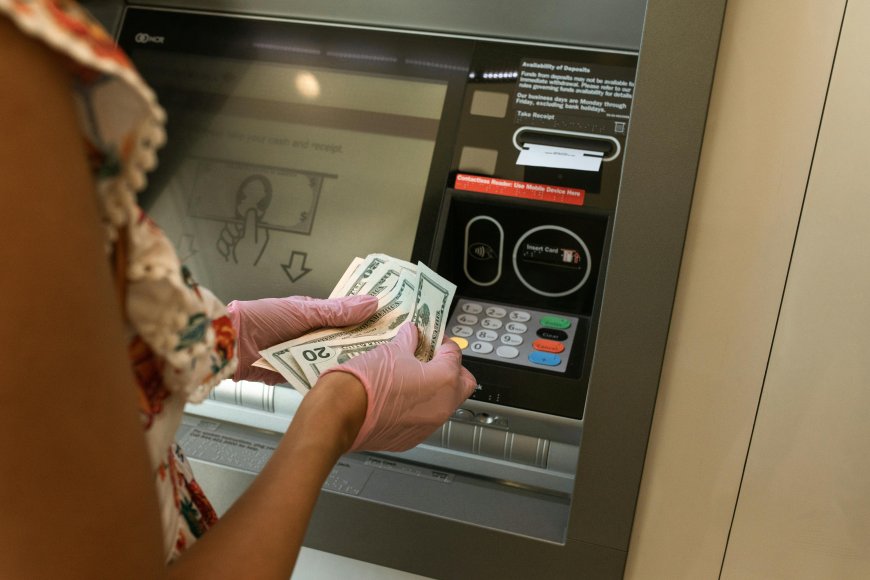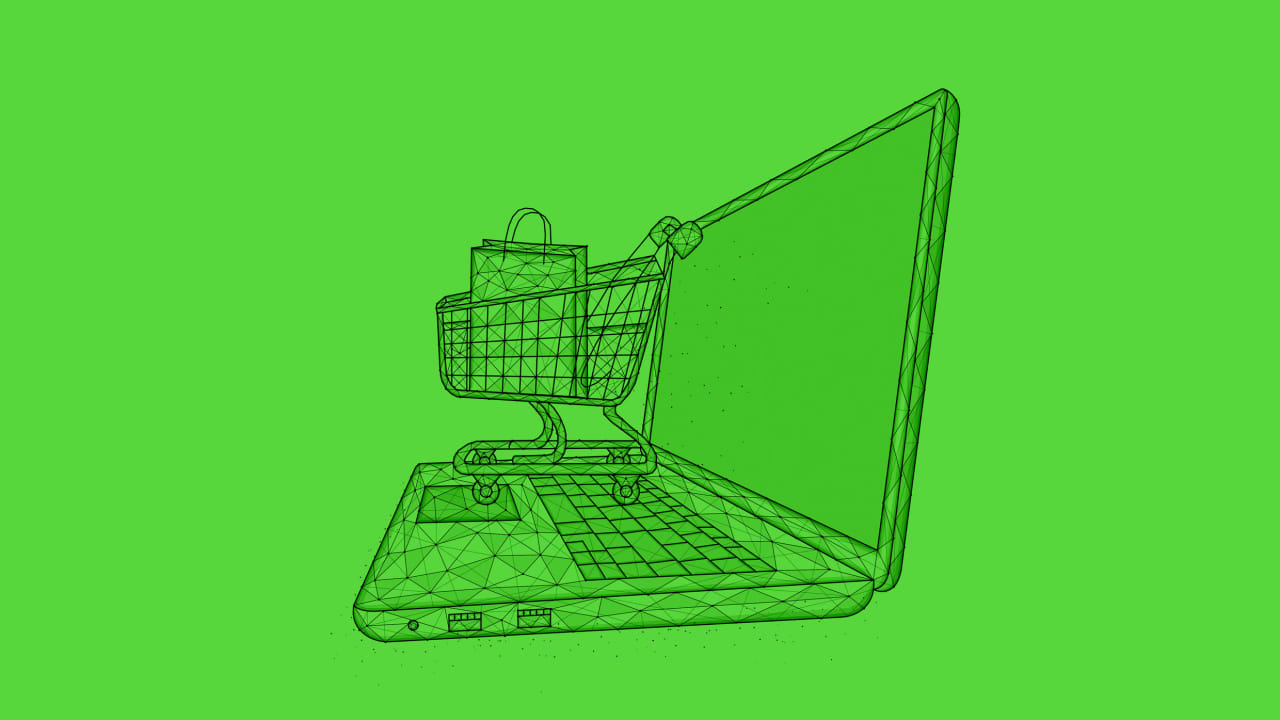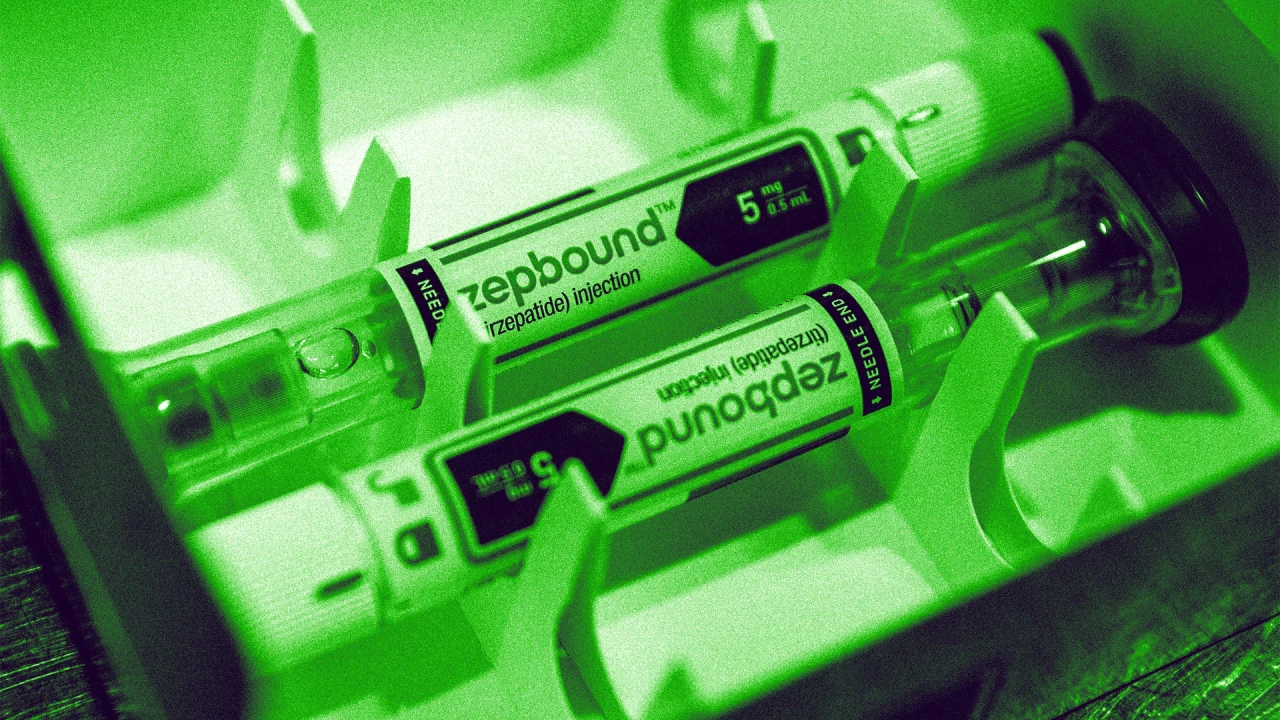How ATM Machines and ATM Networks Still Power Our Cash-First World
In an age where mobile wallets, crypto, and contactless payments are all the buzz, the humble ATM Machine still plays a surprisingly vital role. Think about it — when was the last time you needed cash fast and found yourself hunting for that familiar little machine on the corner of a street or tucked inside a gas station? While digital payments are on the rise, ATM machines and their connected ATM networks remain essential pillars in global financial infrastructure. Let’s dive into how they work, why they matter, and how they’ve evolved to stay relevant in our fast-moving world.

The Basics: What Is an ATM Machine?
First off, ATM Machine stands for "Automated Teller Machine Machine" — a little redundant when you spell it out, but we all say it anyway. An ATM is a self-service banking terminal that allows users to withdraw cash, check balances, transfer funds, and sometimes even make deposits, all without the need for a human teller.
Modern ATM machines come loaded with security features like EMV chip readers, PIN encryption, and sometimes even biometric verification. They're the 24/7 branch of your bank — open when you need it, without the small talk.
What Exactly Is an ATM Network?
While an individual ATM is handy, it’s the ATM network that really makes the magic happen. An ATM network connects different machines, banks, and users across a web of financial institutions and third-party providers. These networks ensure that you can withdraw cash from almost any machine — not just those owned by your bank.
Examples of popular ATM networks include Interac (Canada), Cirrus and Plus (global), and Allpoint (U.S.). They act like the backstage crew at a concert — you don’t see them, but without them, the whole show wouldn’t happen.
Why ATM Machines Are Still Relevant
Despite the digital revolution, many parts of the world (and even developed countries) still rely heavily on cash. From small-town farmers’ markets to suburban mom-and-pop shops, there are countless everyday situations where digital payments don’t cut it.
Here’s why ATM machines are still a big deal:
-
Accessibility: Not everyone has access to digital banking. ATMs make financial services more inclusive.
-
Convenience: Need quick cash for a cab, street food, or tipping? ATMs are lifesavers.
-
Reliability: During internet outages or POS system failures, cash is king — and ATM machines make that possible.
Innovations in the ATM Network Space
The ATM network isn’t what it used to be — and that’s a good thing. Over the past decade, the industry has embraced some cool tech upgrades:
-
Contactless Withdrawals: Some machines now let you withdraw money using your smartphone instead of inserting a card.
-
Enhanced Security: AI-powered fraud detection and real-time monitoring are making ATM use safer than ever.
-
Shared Networks: Banks are increasingly joining shared ATM networks to cut costs and expand access for their customers.
-
Software Updates: Cloud-based systems now allow banks to push updates remotely, improving efficiency and minimizing downtime.
All of this helps ATM networks deliver better user experiences while keeping costs under control for financial institutions.
Independent ATM Operators – A Growing Market
Did you know that not all ATM machines are owned by banks? In fact, a growing number are operated by independent businesses. These entrepreneurs plug into larger ATM networks, place their machines in high-traffic areas, and earn a portion of the transaction fees.
This is especially common in convenience stores, bars, gas stations, and shopping centers. The beauty of a robust ATM network is that it allows these third-party machines to still access your bank and complete your transaction smoothly.
Challenges and Misconceptions
Let’s clear up a few myths while we’re at it.
-
"ATMs are disappearing." Not quite. While some urban areas are seeing a decline due to cashless trends, rural and suburban communities still heavily depend on ATM access.
-
"ATMs are unsafe." Today’s ATM machines have advanced fraud prevention tech. That said, you should still follow basic safety practices like shielding your PIN and avoiding sketchy-looking machines.
-
"Everyone uses digital payments now." Digital might be growing, but cash remains a preferred payment method in many scenarios — and ATM machines are the gateway to it.
The Future of ATM Machines and Networks
As banks and fintechs continue to evolve, so will the ATM network. Think of smarter machines that can offer mini banking services, remote customer support via video, and better integration with digital wallets. The next wave of ATM technology might even include voice commands or facial recognition.
One thing’s for sure: while the way we pay is changing, the infrastructure that supports access to cash isn’t going away any time soon. Instead, it’s adapting — just like everything else in the fintech world.
Final Thoughts: Long Live the ATM Machine!
Whether you’re withdrawing your weekend cash, transferring funds across accounts, or just checking your balance at 2 a.m., the ATM Machine has your back. And the vast ATM network working silently behind the scenes ensures it all happens seamlessly.
So next time you tap your card at one of those machines, take a second to appreciate the tech, the history, and the future possibilities — because even in a world buzzing with digital tools, sometimes, you just need cold, hard cash.































































![https //g.co/recover for help [1-866-719-1006]](https://newsquo.com/uploads/images/202506/image_430x256_684949454da3e.jpg)



























![[PATREON EXCLUSIVE] The Power of No: How to Say It, Mean It, and Lead with It](https://tpgblog.com/wp-content/uploads/2025/06/just-say-no.jpg?#)









































